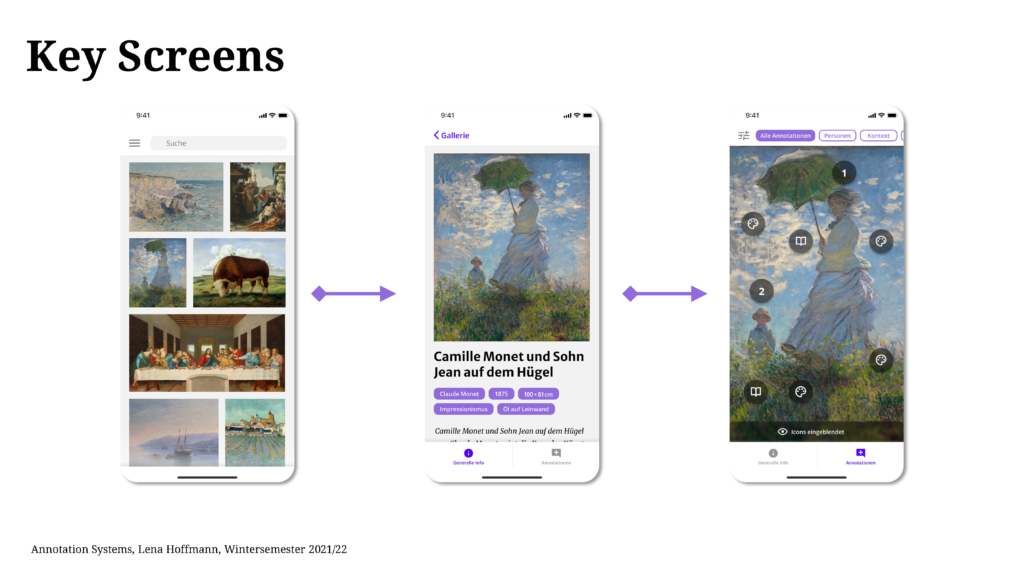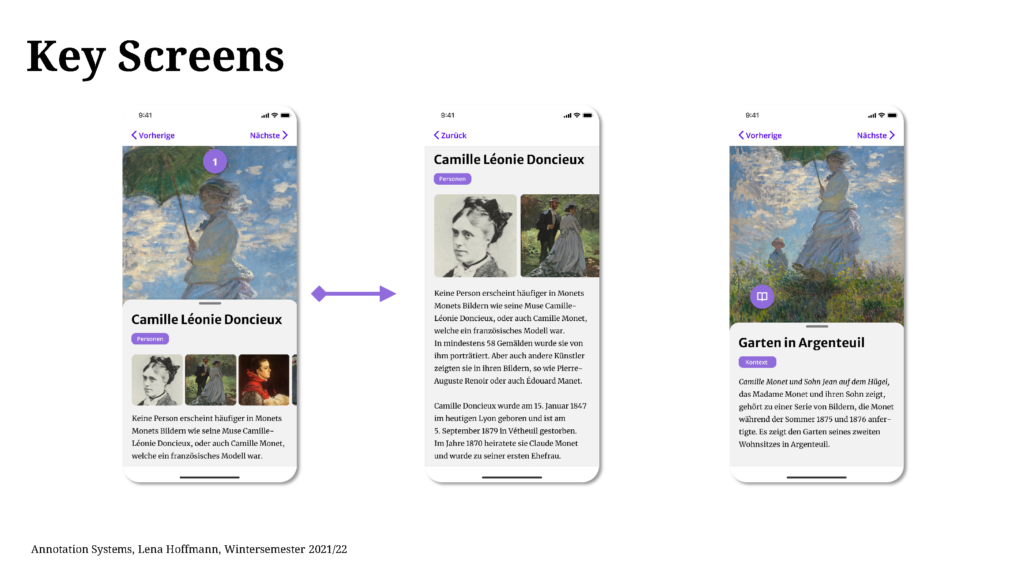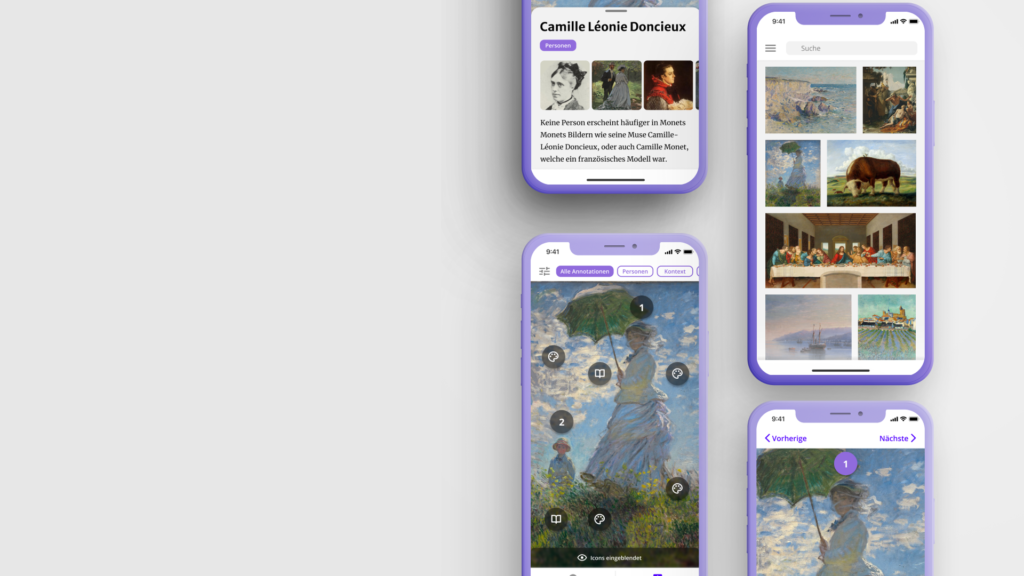Annotation Systems*
COURSE
Annotation systems*
Prof. Christina Poth
TIME
Summer Semester 2022
TEAM
Self-Directed
01. Exhibition: Counter Gravity
On the first day of the course, we visited the House of World Cultures in Berlin and watched the exhibition “Counter Gravity – The Films of Heinz Emigholz” in small groups. Over the course of his life, filmmaker Emigholz filled notebooks galore, which were on display. He processed his thoughts in them and jotted down quotes, snippets of words, etc., and stuck or drew pictures in them. He created complex annotation systems for his films.
02. Personal Annotations
We then looked at our own systems: how do we note and annotate things in our everyday lives? I am someone who likes to write a lot and I tend to write a lot of things down so that I have one place to refer to, as I can be quite forgetful. I use a bullet journal for this, which I use for a lot of things, but mainly for everyday organization. I also like to write in it during university courses and even if I don’t read it again, it helps me to remember things. I also use notebooks for sketching out ideas for my projects. For painting and drawing, I have various sketchbooks in different shapes and colors.
03. Zettel's Traum
A large part of the course was the examination and transformation or interpretation of the work “Zettel’s Traum”. “Zettel’s Traum” is the monumental work by the writer Arno Schmidt, published in 1970. It stands out due to its unusual size and is not a usual book. The work comprises 1334 DIN A3 pages written by hand and typewriter. For our task, however, we were given an excerpt from the typographical new edition by Friedrich Forssman and the accompanying audio book.
First, we analyzed a section of the text that we chose ourselves. I tried to assign the text to the different parts of speech of the characters using different colors or marked text that played a descriptive role. I did not mark text that could be left out. This was a challenge and I don’t claim to be correct, because it was not at all clear who was speaking and whether anyone was speaking. After reading the text several times, I still didn’t understand it and I only understood the content of the story after listening to the audiobook and researching it on the Internet, so I asked myself the following questions:
Research Question: How can I make the plot of the text understandable? Which annotation system makes sense?
I thought about whether it would be possible to rework an excerpt of the text so that it looks and reads like a Reclam book and like a play, since the focus here is on the dialog and the plot. When reading the original text for the first time, I realized: even at first glance, you are flooded with information from the many different levels. You don’t know the plot yet and at the same time you’re looking at the different levels of annotation and you also have to get used to the unusually spelled words, which also contain puns, for example, as well as all the different characters, all of which have their own meaning, etc.. That’s why I think it would help to read the text several times. At first you should only grasp the plot so that on the second reading you can concentrate more on the special features that make up “Zettel’s Traum” (but also make it so complicated).
As an annotation system, I have adopted the footers from Reclam books. The most important contents of the left-hand column (quotations, reference to Edgar Allan Poe) and right-hand column (thoughts, mostly of the protagonist) are taken over and I have developed two characters for them. The format has been adopted in the style of Reclam books: 114 mm × 170 mm. I chose Documenta as the font.
04. Art* Annotations – Exploring famous paintings.


05. Conclusion
The course was well structured, I particularly liked the exhibition as an introduction and also the fact that we were able to talk to Friedrich Forssmann and he was able to give us feedback. The compact inputs on typographic basics were also very helpful. In my opinion, the assignment on Zettel’s dream could have been a bit shorter, as this would have given us more time for our own project. The ongoing feedback from different people helped me a lot in the realization of my project. In conclusion, I can say that I am glad to have attended the “Annotation Systems*” course, as I was able to learn a lot of new things about typography and layout.
